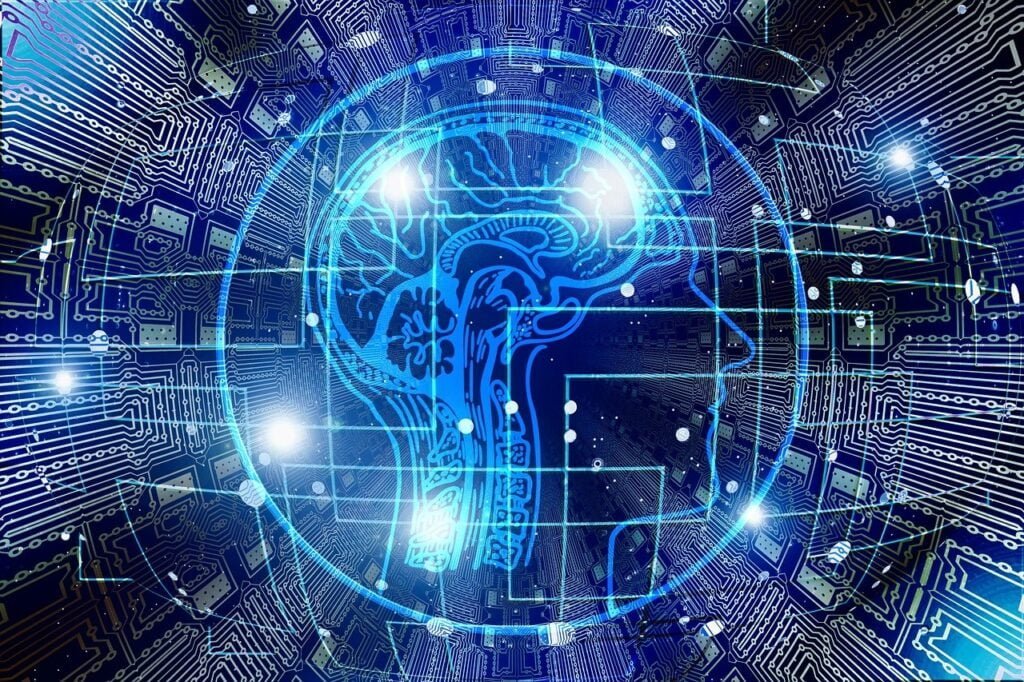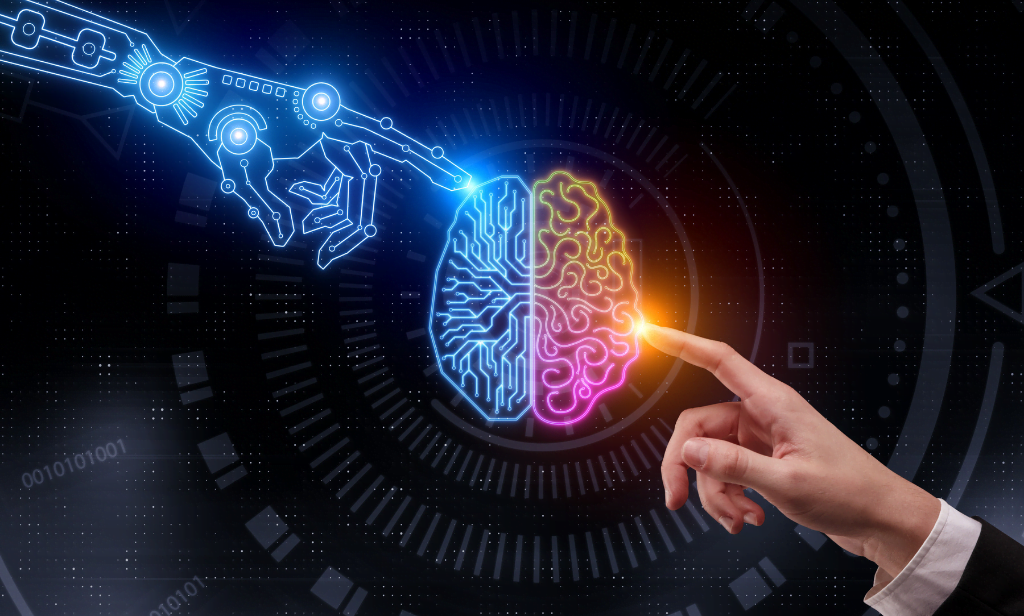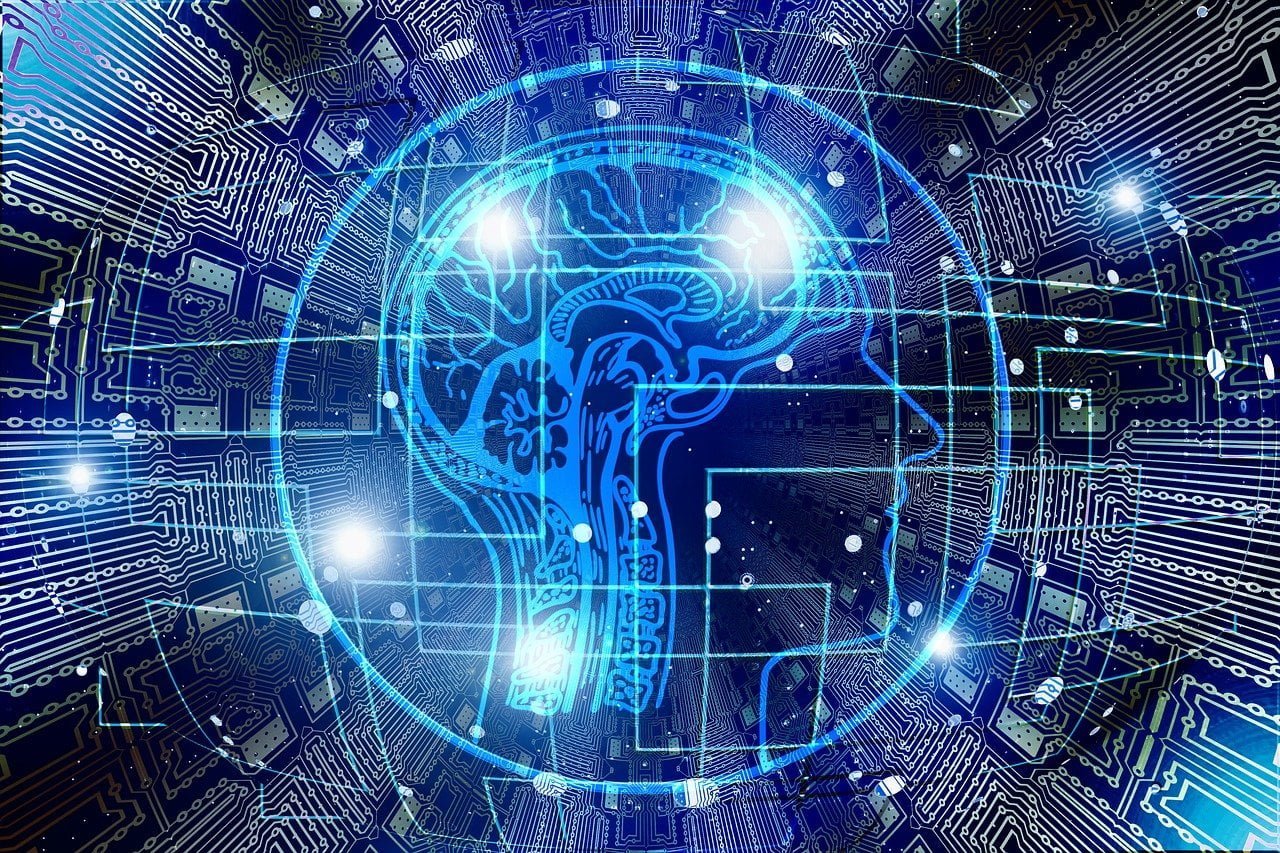
Hello, techies welcome to the Little Techy website here we explore new areas of technology and observe whether that is going to change our future or not is the AI that much smarter so it’s going to replace humans or it is just a gimmick? we don’t know our future really but let’s see some trending technology advancements that are currently very hyped that these techs are going to change us forever. Before you read further I wanted to tell you that this series is not going to stop here we’ll continue exploring deep in these technologies and provide you with some awesome innovation people are doing with them.
Table of Contents
History of Artificial Intelligence

Artificial intelligence(AI) it’s development started in 1956 by computer scientist John McCarthy and his co-researchers Marvin Minsky, Allen Newell, and Herbert A. Simon, they started the journey to focus on symbolic reasoning and problem-solving.
later on in the 1970s we saw that AI development was prolonged and investors were not interested anymore yup this is the downfall of AI they named it AI Winter a time when AI was not in the hype. Now let’s move a little bit ahead in time to the 1980s AI comeback and we found expert systems. It is a computer program that uses AI and with the help of AI, it can increase the ability to make decisions of an expert in any particular field.
This system is just to support the human not to replace them you can learn more about the Expert System system on Wiki. Now in the period of the 1980s-1990s we move towards Neural Networks and Machine Learning researchers of AI decided to make AI learn from data and start developing itself from it by experience now let’s see what Neural Networks it is a way to handle data by AI which is inspired by the human brain how it handle data.
Machine Learning is just learning of machine from data and improving itself from data As we humans learn from our experiences in the 2000s we started to see a significant advancement in AI because of an increase in computation power, big amount of data, and improved algorithms because of this advancement we meet deep learning.
Deep learning is based on a Neural Network and it works in layers of this network this technique can recognize images and speech that this is a cat photo they do this by feeding cat photos. now we go through the 2010s, the time has come for big data and cloud computing. Big data is huge and also grows as time passes this data is used to feed Machine Learning which results us virtual assistants, and autonomous vehicles.
Unveiling the Magic of TensorFlow
To unleash the true potential of Artificial Intelligence and ML, we need powerful tools at our disposal. One such tool is TensorFlow, an open-source library developed by Google Brain. TensorFlow empowers developers, whether rookies or seasoned AI experts, to design, build, and train ML models effectively. The official TensorFlow website offers a treasure trove of resources to help you get started and stay on track.

The Impact of AI and ML
Artificial Intelligence and ML have far-reaching implications for businesses, developers, and every tech user. Let’s explore the transformative power of these technologies in each domain:
For Businesses
AI and ML can automate mundane tasks, extract deep insights from data, and drive strategic decision-making. With the ability to analyze vast amounts of data quickly, businesses can uncover patterns, trends, and correlations that were previously hidden. This enables more accurate predictions, personalized customer experiences, and optimized operations. From chatbots providing customer support to predictive analytics guiding marketing strategies, Artificial Intelligence and ML are revolutionizing the business landscape.
For Developers
AI and ML provide developers with a vast playground for innovation and creativity. With tools like TensorFlow, developers can build voice assistants, chatbots, predictive analytics models, and personalized recommendation systems. These technologies empower developers to create intelligent applications that can understand and respond to user inputs, making interactions more seamless and intuitive. The possibilities are virtually limitless, limited only by the imagination and ingenuity of developers.
For Every Tech User
AI and ML are seamlessly integrated into our everyday experiences, enhancing convenience and personalization. From personalized movie recommendations on Netflix to language translation by Google Translate, these technologies power the engine behind a more tailored and user-friendly digital landscape. Wearable devices track our health, providing valuable insights and recommendations for a healthier lifestyle. AI-driven virtual assistants like Siri and Alexa help us manage our schedules, answer questions, and perform various tasks with voice commands. The impact of AI and ML is evident in our daily lives, making technology more accessible and intuitive.
Embarking on Your AI and ML Journey
Ready to dive into the fascinating world of Artificial Intelligence and ML? Here’s a step-by-step guide to help you get started:
1. Define the Problem
Begin by identifying the specific challenge or problem you want Artificial Intelligence and ML to tackle. Clearly defining the problem is crucial as it will guide your entire AI journey.
2. Data Collection
Gather and organize the data you’ll need for your AI project. The quality and quantity of data play a significant role in the success of your AI model. Ensure that you have enough relevant and diverse data to train your model effectively.
3. Choose the Right Tools
Python, coupled with TensorFlow, is an excellent combination for beginners and experts. Python is a versatile programming language known for its simplicity and readability, while TensorFlow provides a powerful framework for building and training ML models. Explore the vast ecosystem of libraries and tools available in Python to enhance your AI capabilities.
4. Model Design and Iteration
Design your ML model based on your problem statement and the available data. Start with a simple model and gradually refine it through a process of iteration. Test your model, tweak it, test it again, and repeat until you achieve the desired performance.
5. Evaluation and Improvement
Evaluate the performance of your ML model based on predefined metrics. Identify areas for improvement and adjust your model accordingly. This iterative process allows you to continuously enhance your AI solution and achieve optimal results.
For a more in-depth guide, Google’s comprehensive ML guide provides valuable insights and practical tips to help you navigate your AI and ML journey successfully.
Your AI and ML Adventure Begins
Congratulations! You are now equipped with a basic understanding of AI and ML and the necessary steps to embark on your AI adventure. Remember, becoming an expert overnight is not the goal. Instead, let your curiosity guide you as you explore the vast possibilities of Artificial Intelligence and ML. Feel free to ask questions, share your insights, or simply say hi in the comments section below. Your feedback helps us deliver better, more engaging content and ensures that this exploration remains enjoyable and enriching for everyone. Let the journey begin!
Additional Information
- AI and Ethics: As Artificial Intelligence continues to advance, ethical considerations become increasingly important. It is crucial to ensure that AI systems are fair, transparent, and accountable. Striking a balance between innovation and ethical responsibility is key to building a sustainable future with AI.
- AI in Healthcare: Artificial Intelligence has immense potential in the healthcare industry. From diagnosing diseases to predicting patient outcomes, AI-powered solutions can revolutionize healthcare delivery, improve patient care, and save lives.
- AI and Job Market: The rise of Artificial Intelligence has sparked concerns about job displacement. While AI may automate certain tasks, it also creates new opportunities and roles. By embracing AI and developing new skills, individuals can adapt to the changing job market and thrive in the age of AI.
- AI and Cybersecurity: As Artificial Intelligence becomes more sophisticated, it has the potential to enhance cybersecurity. AI-powered systems can detect and respond to cyber threats in real time, strengthening defense mechanisms and protecting sensitive data.
- AI in Education: AI has the potential to transform education by personalizing learning experiences, providing adaptive feedback, and automating administrative tasks. AI-powered virtual tutors and personalized learning platforms can cater to individual needs, fostering student engagement and improving educational outcomes.
- AI and Climate Change: Artificial Intelligence can play a significant role in addressing climate change challenges. From optimizing energy consumption to analyzing climate data and predicting extreme weather events, AI can contribute to building a more sustainable future.

Wrapping Note:
Artificial Intelligence is a fascinating field that continues to shape the world around us. Through Machine Learning and tools like TensorFlow, we can unlock the true potential of AI, transforming industries, enhancing user experiences, and driving innovation. As you embark on your Artificial Intelligence and ML journey, remember to define your problem, collect quality data, choose the right tools, iterate and refine your models, and continuously evaluate and improve. Let your curiosity guide you, and don’t hesitate to seek guidance from the vast resources available. Embrace the possibilities of AI and step into a future where intelligent machines work hand in hand with human ingenuity.
Did you know ISRO and SpaceX collaborate read the full article by clicking here.

Pingback: How would you approach a situation where an ad campaign is not performing as expected?